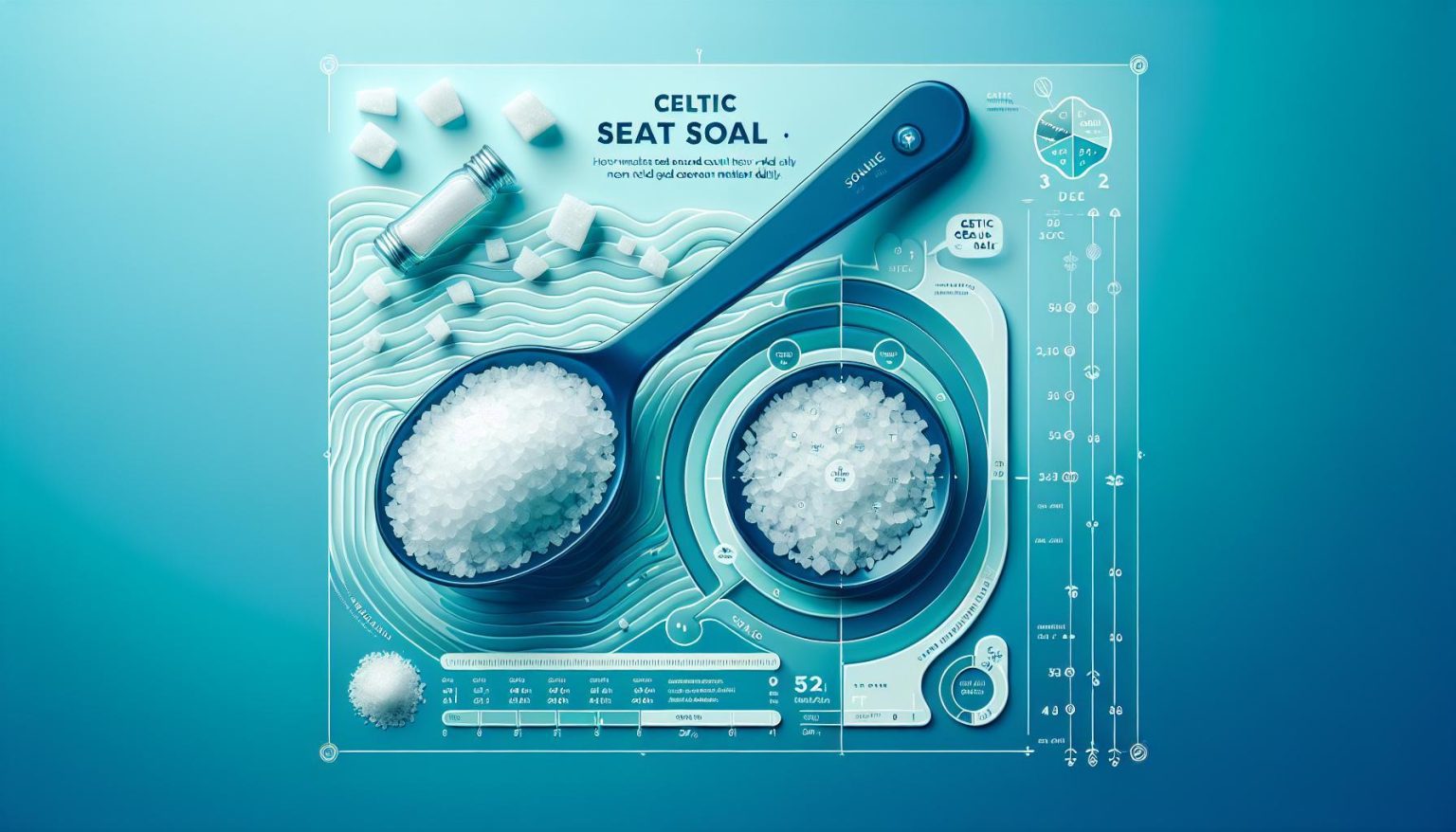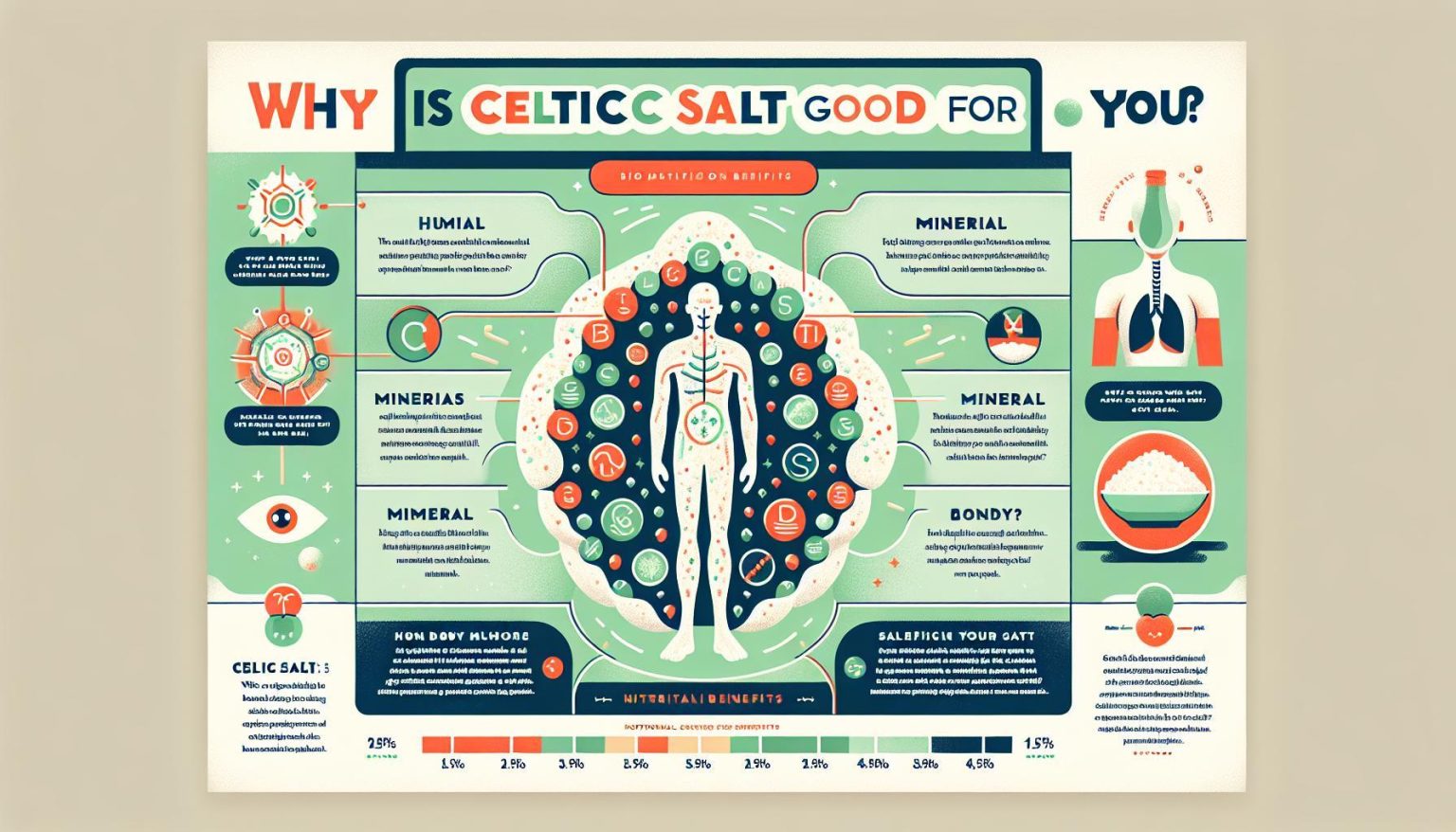Undeniably, the incorporation of a balanced electrolyte management plan is key to achieving optimal performance within any form of endurance sports, and most significantly, during long-distance races. It’s an essential aspect of Nutrition and Hydration for Endurance Athletes that we will delve into in this detailed guide.
Introduction to the significance of electrolyte balance in endurance sports
Electrolytes, such as sodium, potassium, magnesium, and calcium, play a crucial role in the body’s fundamental functions. These micronutrients maintain the body’s hydration, nerve impulses and muscle contractions. Without them, an athlete’s performance can falter, leading to severe health consequences or poor athletic results. Therefore, achieving a well-balanced electrolyte concentration is a central aspect of Protein Needs for Recovery in Endurance Sports and pre-race Carbohydrate Loading Before Endurance Events.
The impact of electrolyte imbalance on long-distance race performance
A disruption in electrolyte balance, either through excess or deficiency, can detrimentally affect an endurance athlete’s performance. In fact, electrolyte imbalance can lead to fatigue, lowered energy levels, muscle cramping, and impaired cognitive function, all of which can significantly sabotage the athlete’s raceday performance.
Factors contributing to electrolyte loss during endurance activities
Electrolyte loss in endurance sports can occur due to excessive perspiration, prolonged exercise duration, inadequate hydration and improper nutrition. Certain environmental conditions, such as high heat and humidity, can exacerbate this loss, making electrolyte management during long-distance races all the more essential.
Overview of the dangers of dehydration and overhydration
Both dehydration and overhydration present considerable health risks to endurance athletes, and are common instances of poor electrolyte management. Dehydration can lead to reduced stamina, increased heart rate, disorientation and even heat stroke in severe cases. On the other hand, overhydration, or hyponatremia, can cause nausea, headache, confusion, seizures, and in extreme cases, can be potentially life-threatening.
The role of electrolytes in maintaining proper muscle and preventing cramping
Electrolytes are integral in preventing muscle cramps, a frequent ailment among endurance athletes. Proper electrolyte levels ensure that muscle contractions and relaxations occur smoothly, reducing the susceptibility to muscle exhaustion and cramping.
Now that we understand the essentiality of electrolytes and the potential risks of imbalances, our next focus point delves deeper into Understanding the Role of Electrolytes in Optimal Performance for Endurance Athletes. We’ll take a closer look at the four major electrolytes, how they impact athletic performance, and their distribution and absorption in our body during endurance activities.
Understanding the Role of Electrolytes in Optimal Performance for Endurance Athletes
In order to maintain maximum athletic performance during long-distant races, endurance athletes must understand the essential role that electrolytes play in the body. These vital minerals are responsible for maintaining proper muscle function, regulating body fluids, influencing energy levels, and contributing to overall race performance.
A. An In-Depth Look at the Essential Electrolytes for Endurance Athletes
Key electrolytes for endurance athletes include sodium, potassium, magnesium, and calcium. These minerals support several crucial physiological processes in the body such as muscle contraction, nerve function, fluid balance, and energy production. In this context, sodium aids in maintaining fluid balance, potassium supports muscle function while calcium and magnesium contribute to efficient muscle contractions and energy metabolism.
B. The Impact of Sodium, Potassium, Magnesium, and Calcium on Athletic Performance
Electrolytes are directly linked to athletic performance. Sodium, for instance, plays a critical role in the regulation of body fluid balance, which is crucial in preventing dehydration. Potassium works in conjunction with sodium to maintain proper muscle function, thereby minimizing the risk of muscle cramps and weakness. Magnesium supports energy production, while calcium aids in muscle contraction and strength. In other words, each of these electrolytes plays a vital role that influences the performance of long-distance runners.
C. Electrolyte Absorption and Distribution in the Body During Long-Distance Races
During strenuous physical activity like long-distance races, the body excretes electrolytes through sweat and via the kidneys to cool off the body and conserve water. Thus, absorption rates of electrolytes need to be at peak levels to compensate for this loss. It’s essential to understand that the efficiency of electrolyte absorption and distribution is directly tied to the athlete’s nutrition, fluid intake, overall health, the intensity of exercise, and environmental conditions.
D. The Link Between Electrolyte Balance and Energy Levels During Endurance Activities
Electrolyte imbalances can significantly affect an athlete’s energy levels during endurance activities. When electrolyte levels (particularly sodium and potassium) fall out of balance, the body struggles to maintain hydration, causing exhaustion and reduced muscle function. A properly managed electrolyte balance results in consistent energy output, improved performance, and reduced fatigue during long-distance races.
E. How Electrolytes Impact Hydration and Fluid Balance During Long-Distance Racing
Hydration during an endurance event goes beyond just water. Maintaining fluid balance involves a delicate balance of water and electrolytes. Sodium and potassium help regulate the body’s fluid balance, ensuring the cells are properly hydrated. Without a proper balance of these key electrolytes, athletes may either become dehydrated (too little water) or overhydrated (too much water).
Now that we’ve viewed the importance of electrolytes in long-distance racing and understood their role in optimal performance, in the next section, we delve into the pitfalls associated with electrolyte imbalances and how long-distance runners can avoid them.
Electrolyte Imbalance: Common Pitfalls and How to Avoid Them in Long-Distance Racing
Understanding the dangers of electrolyte imbalance and how to steer clear from potential derailments in long-distance races are key considerations for every endurance athlete. Recognizing the signs, knowing what causes imbalance, and the ways to maintain optimal levels of electrolytes in the body, can make a significant difference in your performance and recovery.
A. Common Signs and Symptoms of Electrolyte Imbalance in Endurance Athletes
Identifying the early signs of electrolyte imbalance can stave off potentially serious complications down the line of a race. These can include symptoms such as fatigue, nausea, cramping, confusion, and irregular heartbeat. Remember, every athlete is individual and may experience a unique combination of these signs. It’s important to stay in tune with your body, recognizing when something isn’t quite right.
B. The Dangers of Over-Reliance on Sports Drinks and the Potential for Electrolyte Overload
Sports drinks are often marketed as a one-stop solution for electrolyte replenishment. However, over-relying on these can lead to excess consumption of sugars and electrolytes, particularly sodium, that can tip the body’s balance, leading to conditions like hyponatremia. Balance is key, and utilizing a variety of electrolyte sources can help maintain it.
C. How Environmental Factors Such as Heat and Humidity can Exacerbate Electrolyte Imbalances
Environmental factors can significantly impact the level of electrolytes that can be lost during endurance races. Heat and humidity can trigger excessive sweating, escalating their loss exponentially. Consequently, awareness of these elements can guide endurance athletes in planning their electrolyte replenishment strategy appropriately.
D. The importance of Individualized Electrolyte Replacement Strategies for Long-Distance Racers
There’s no one-size-fits-all when it comes to electrolyte replacement for endurance athletes. Factors such as your sweat rate, the sports’ intensity, and your individual physiological response will require a tailored approach. Collaborating with a sports nutrition professional can aid in formulating an effective electrolyte plan that meets your specific needs.
E. Strategies for Monitoring and Maintaining Electrolyte Balance Throughout Long-Distance Races.
Strategies to maintain electrolyte balance include regular monitoring of your body’s signs, careful consumption of electrolyte-rich foods, and drink, and understanding how different environmental factors can affect your body. Stay mindful of the amounts of essential electrolytes (sodium, potassium, calcium, and magnesium), which your body requires relative to the conditions of the race.
With a solid grasp on the potential pitfalls of electrolyte imbalances, let’s move on and explore the best electrolyte management strategies for ultra-marathoners and endurance athletes. Mastering this aspect can pave the way to peak performance and improved recovery after every race.
The Best Electrolyte Management Strategies for Ultra-Marathoners and Endurance Athletes.
A. Overview of the different methods for replenishing electrolytes during long-distance races
Replenishing electrolytes during long-distance races is crucial as it helps maintain fluid balance and enhances athletic performance. The most common methods include consuming sports drinks, gels, chews, and tablets. Conversely, some athletes prefer natural sources like fruits and vegetables during breaks. Beyond these methods, intravenous saline solution infusion can also handle severe cases of electrolyte imbalance during a race. Adopting the method that best fits your body’s requirements is essential for optimal results.
B. The benefits and drawbacks of various electrolyte replacement products (e.g., sports drinks, gels, tablets)
Sports drinks typically contain carbohydrates and electrolytes, which can quickly replenish lost energy and electrolytes during races. Gels and chews offer a portable and convenient solution to deliver a concentrated dose of electrolytes and carbohydrates. Tablets can be used to add electrolytes to plain water, offering customization of intake level. However, all these products come with potential downsides: they can be pricey, provide an excess of some electrolytes, and may contain artificial additives. Understanding these factors and monitoring your body’s response can help avoid the pitfalls of electrolyte replacement products.
C. Customizing electrolyte replacement plans based on race distance, intensity, and individual needs
Creating a personalized electrolyte management plan is arguably the best strategy for managing electrolytes during a race. The plan should account for race factors such as distance, intensity, temperature, and duration. It should also factor in individual differences in sweat rates, nutrition needs, and fitness levels. Such customization helps prevent overhydration, dehydration, and electrolyte imbalances, which could potentially damage performance.
D. Electrolyte management strategies for dealing with extreme weather conditions during races
Extreme weather conditions like heat and humidity can increase sweat rate, leading to higher electrolyte loss. In such times, athletes may need to increase their electrolyte intake. Conversely, in cold weather, hydration might be overlooked because of less perspiration, potentially causing dehydration. An effective electrolyte management strategy should consider weather variables and adjust electrolyte intake accordingly.
E. Case studies and success stories of endurance athletes who have effectively managed electrolyte balance
Inspired by the likes of Kilian Jornet, who successfully completed the Western States 100 Mile Endurance Race while effectively managing his electrolytes, and Mirinda Carfrae’s balanced electrolyte strategy during Ironman World Championships, we can learn valuable lessons about electrolyte management strategies. These athletes prove that an optimal electrolyte balance is achievable and critical for successful long-distance racing.
Up next, we delve into the real food options available to runners and endurance athletes. The next section will give an overview of natural sources of electrolytes, food supplement options, and simple tips for creating a personalized electrolyte-rich meal plan.
Conclusion
Effective electrolyte management is essential for endurance athletes participating in long-distance races. By understanding the role of electrolytes in optimal performance, avoiding common pitfalls, and implementing the best electrolyte management strategies, athletes can maximize their potential and achieve success in their racing endeavors.
Frequently Asked Questions
1. How can I tell if I have an electrolyte imbalance during a race?
Common signs of electrolyte imbalance include muscle cramps, fatigue, nausea, and confusion. Monitoring your body’s signals and staying aware of the symptoms of electrolyte deficiency or excess can help you address imbalances before they impact your performance.
2. What are the best natural sources of electrolytes for endurance athletes?
Fruits like bananas and oranges, vegetables such as spinach and broccoli, and nuts like almonds and cashews are rich in essential electrolytes and can be incorporated into an endurance athlete’s diet to support electrolyte balance.
3. How do I customize my electrolyte replacement plan for a specific race?
Factors such as race distance, intensity, and environmental conditions should be taken into account when customizing an electrolyte replacement plan. Working with a coach or sports nutritionist can help you tailor a plan that meets your individual needs and racing goals.
4. Are electrolyte supplements necessary for long-distance races?
While natural sources of electrolytes can support an athlete’s electrolyte balance, supplements can provide a convenient and concentrated source of essential minerals. Athletes should consider their individual requirements and preferences when deciding whether to incorporate electrolyte supplements into their race-day nutrition strategy.
5. How can I prevent overhydration during a long-distance race?
Preventing overhydration involves balancing fluid intake with electrolyte consumption and paying attention to the signs of hyponatremia, a condition characterized by low sodium levels in the blood. Monitoring your hydration status and electrolyte intake throughout the race can help you avoid the risks associated with overhydration.










